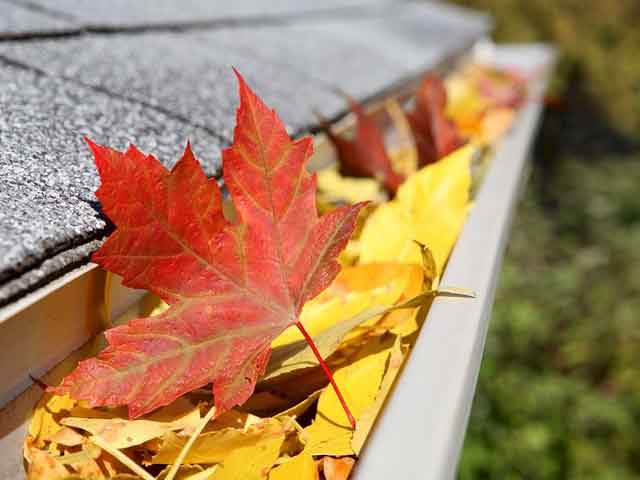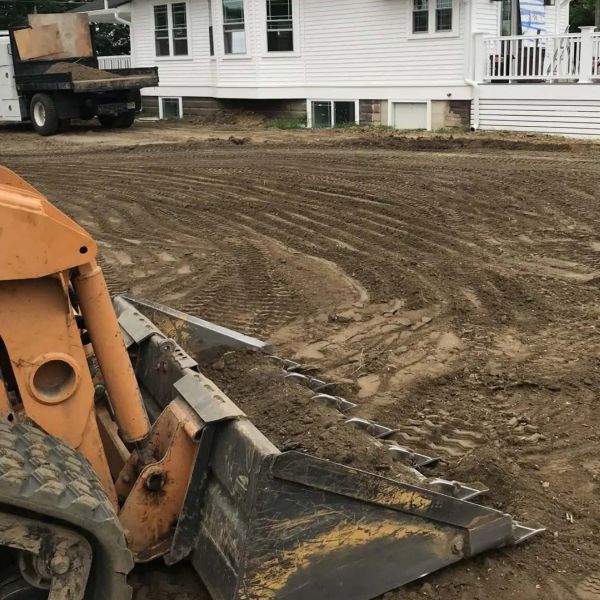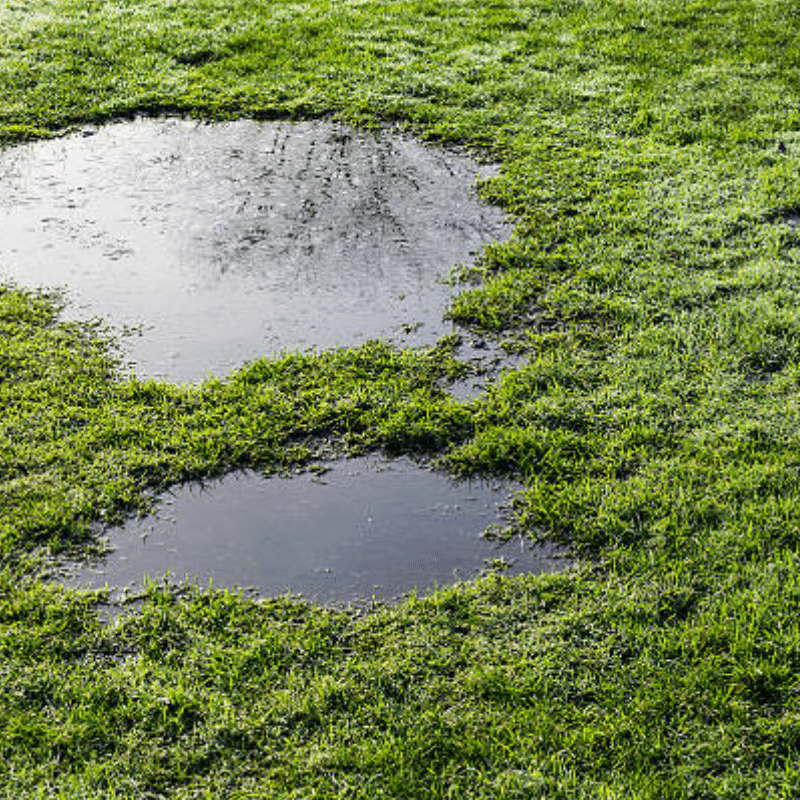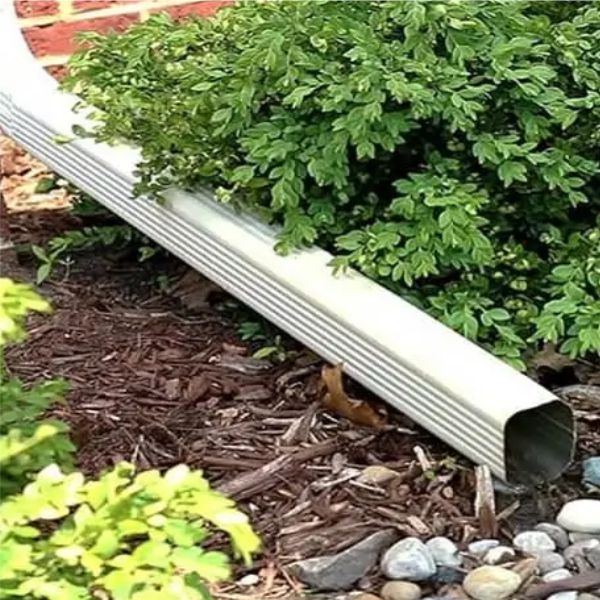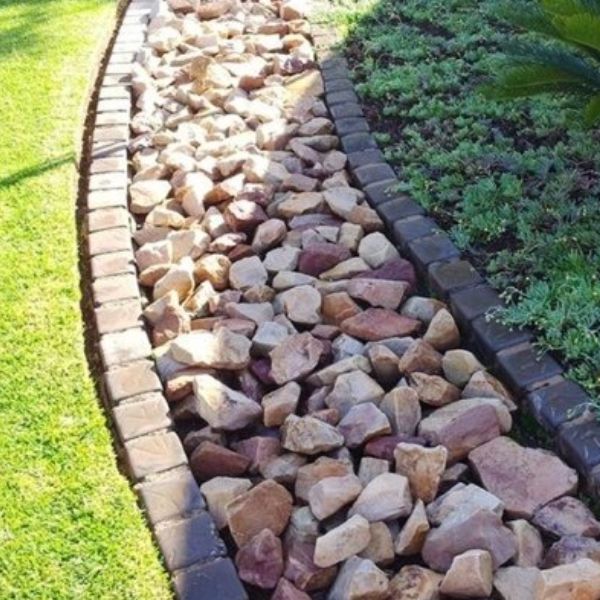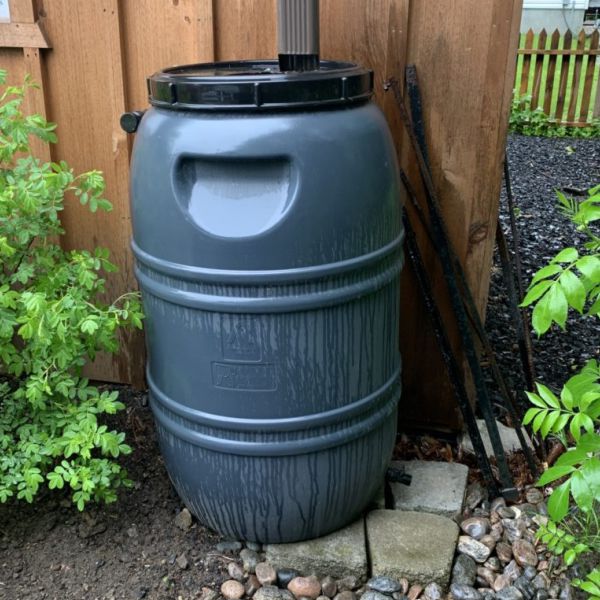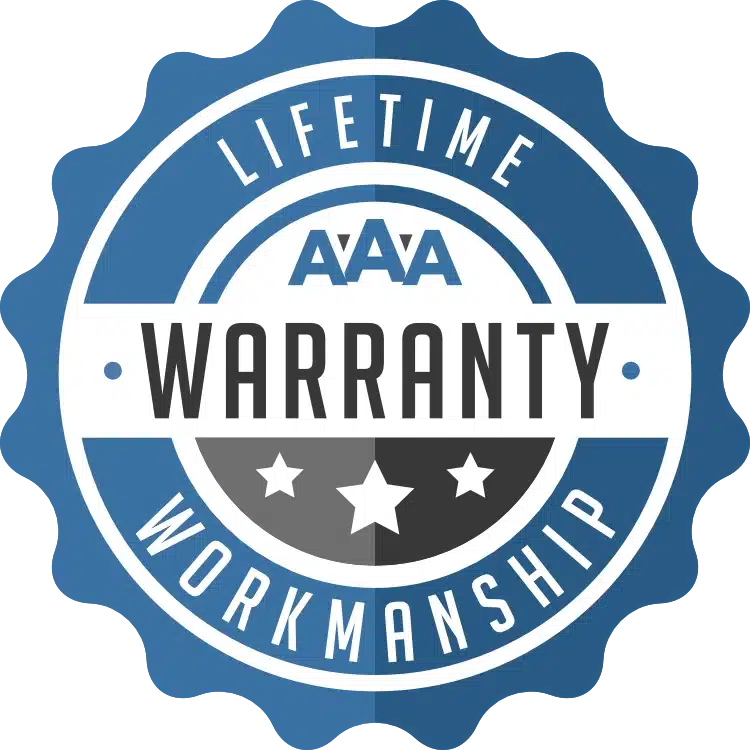BASEMENT FOUNDATION REPAIR
YARD & HOME MAINTENANCE CHECKLIST
How to Prevent Water in Your Basement
Fixing or replacing cracked concrete is essential for several reasons.
Ranging from water infiltration and pest infestation to safety and future costs. Whether it is a driveway, sidewalk, patio or garage pad. Once the concrete is cracking, shifting or separating. Its time to consider repairing or replacing the concrete.
Why?
Here are the Top 10 reasons why replacing or repairing damaged concrete is important.
1. Safety
Cracked , heaving or shifting concrete can pose significant safety hazards. Cracks can create tripping hazards. For family, friends and guests walking on your property. As well, here in Regina, we get snow. It can be very difficult to shovel driveways and sidewalks with cracks and shifting. This can cause ice to build up which is also a safety issue.
2. Water Penetration
Cracks in concrete can allow water to penetrate. This can cause m further deterioration. Water infiltration can cause the concrete to weaken, expand, and crack even more. Especially in areas subject to freeze-thaw cycles.
Worse yet, water can seep into your basement or cause foundation issues. By addressing cracks early. You can prevent more extensive and costly damage in the future.
3. Maintain Structural Integrity
Concrete is often used for its strength and durability. But, cracks can compromise its structural integrity. In the case of load-bearing structures like driveways and patios. Significant cracks can reduce their ability to support weight. Leading to more severe structural failures.
4. Aesthetic Appeal
Cracked concrete surfaces are unsightly and detract from the appearance of your property. Fixing or replacing cracked concrete helps maintain a clean and well-maintained look. Which can enhance curb appeal and property value.
5. Property Value
The condition of concrete surfaces, like driveways, patios, and walkways. Can impact the value of your property. Potential buyers or may decline to buy or offer a price reduction by the visible damage. Fearing future repair costs. Well-maintained concrete surfaces contribute to a positive impression and can increase property value.
6. Prevent Weed Growth
Cracks in concrete can allow weeds to take root and grow. Which can further damage the concrete as the roots expand. Weeds also contribute to a neglected appearance and ongoing maintenance to remove.
7. Avoid Pest Infestation
Cracks can create entry points for pests, such as insects and rodents. These pests can nest within the cracks and cause further damage. To both the concrete or adjacent structures. Sealing cracks can help prevent infestations.
8. Legal and Insurance Issues
Property owners are responsible for maintaining sidewalks and driveways in safe condition. Failing to repair cracked concrete could result in liability. If someone becomes injured by tripping on your property. Additionally, some insurance policies require regular maintenance or repairs. Neglecting repairs could affect coverage.
9. Energy Efficiency
For concrete slabs that are part of a building’s foundation. Cracks can lead to drafts and reduced energy efficiency. Sealing cracks can help maintain a consistent indoor temperature. As well reduce heating and cooling costs.
10. Cost-Effectiveness
Addressing small cracks early is less expensive than dealing with extensive damage later. Small repairs are cheaper to repair and quicker. While large-scale repairs or replacements are more time-consuming and costly.
THINGS TO DO BEFORE IT SNOWS …
Once it snows, it can be too late to prepare your yard and the exterior of your home. If that happens, then it probably won’t be until late spring that you can help prevent water from seeping into your basement.
Review the yard and home maintenance checklist will help prevent water from penetrating your home.
Basement Flood Protection Checklist
If your basement is susceptible to becoming musty or has small pools of water in the spring, there are a few things you can do to help reduce the risk. See the checklist.
If you always have water in your basement, we can help fix your basement foundation. Request a basement repair quote.
There are two types of basements: those that leak and those that will leak unless repaired.
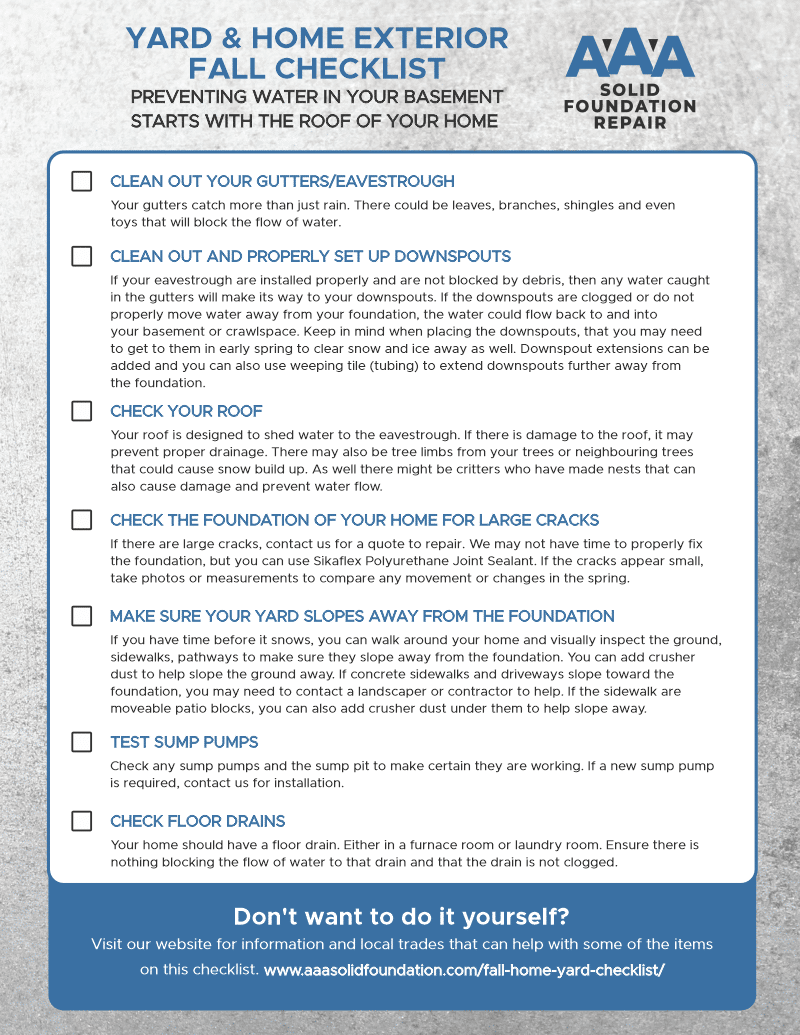
Exterior Projects to Help Prevent Basement Flooding
This list involves items you can do in your yard or to your home to help prevent water from getting into your basement.
SLOPE THE GROUND AWAY FROM YOUR FOUNDATION
Ideally all driveways and walkways around your home slope away. The exposed ground/grass should also slope away.
A good rule is to slope the ground about 15 centimetres for the first 3 meters away from the foundation.
FILL IN ANY LOW-LYING AREAS
If your yard is sloped away from the foundation, you will also want to fillDescribes the soil( or other material) added to the excavation to provide the desired level to properly slope water away from the foundation of the house. More in any low areas. If rainwater or snowmelt pools in your yard, that water can also seep into the ground.
Water will always find the path of least resistance. It can happen above ground and below ground. Pools of water in your yard can still cause issues to your foundation.
EXTEND DOWNSPOUTS
The water that comes off your roof, into the eavestrough and into downspouts will drain into your yard. A lot of times, in older homes or exterior renovations, the downspouts may just end a few feet above the ground.
You can extend those downspouts with downspouts from a hardware store or hire a local eavestrough company. You may also use weeping tile (non-perforated hose) to extend a downspout.
INSTALL A FRENCH DRAIN
A French drain is an irrigation method that is meant to collect water from the soil near the home’s foundation and safely move it away.
Typically, these systems consist of a corrugated and perforated PVC pipe set under gravel and a few inches of soil.
The idea behind this system is to have rainwater soak into the ground, drip onto the gravel bed, and then fall through a geotextile fabric and into the pipe to be removed.
INSTALL RAIN BARRELS
Rain barrels are a great way to capture rainwater and keep it from going into the soil around your home.
However, there are a few things to consider. If it rains a lot or you are not using the water in the rain barrel then it can overflow. Make sure the overflow feature for the rain barrel is installed and distributes water away from the home.
Homeownership involves constant maintenance. Finding time to check on things and fix them might be difficult. However maintenance is far less expensive than home repairs.
FALL HOME MAINTENANCE CHECKLIST
- Have your furnace checked
- Change your furnace filter
- Have your furnace and ducts cleaned
- Check smoke detectors & carbon monoxide detectors
- Check your fireplace and chimney
- Check or replace the fire extinguisher
- Blow-out underground sprinklers
- Have dead limbs on trees removed or pruned
GET HELP FROM PROFESSIONAL LOCAL TRADES
There are many reasons to hire a professional to help you. Professionals have the tools, the experience and the insurance to perform their services.
Check out the list of local trades that can help you.
Although AAA Solid Foundation is offering this list, please do your own due diligence on each trade you hire. Check their online reviews, call them and ask them questions.
IF YOU HAVE CRACKS IN THE BASEMENT FOUNDATION, REQUIRE A NEW SUMP PUMP OR WOULD LIKE A FREE QUOTE FOR FOUNDATION REPAIR, CONTACT US.
ROOFING & INSPECTIONS
EAVESTROUGH/GUTTER CLEANING
FURNACE TESTING & REPAIR
FURNACE & DUCT CLEANING
RESIDENTIAL SNOW REMOVAL
SPRINKLER BLOW-OUT
TREE PRUNING (ARBORIST)
REQUEST A BASEMENT
FOUNDATION REPAIR ESTIMATE
If your home signs of water seepage, uneven floors, cracks in walls or basement floor, gaps between floors and walls or shrinking soil around the foundation.
We also provide Free Quotes for Sidewalk & Driveway Replacement, Garage Pads, and Patios.
AAA Solid Foundation Service Area
AAA Solid Foundation Repair provides foundation repair in a 200 km radius around Regina.
Assiniboia
Davidson
Emerald Park
Estevan
Fort Qu'Appelle
Gravelbourg
Indian Head
Melville
Moose Jaw
Weyburn
White City
Yorkton
AAA Solid Foundations is Licensed to work in Saskatchewan and is fully insured.
We are in good standing with the Saskatchewan Workers Compensation Board.
MAILING ADDRESS
AAA Solid Foundation Repair Ltd.
PO Box 37052
Regina, SK
S4S 7K3

